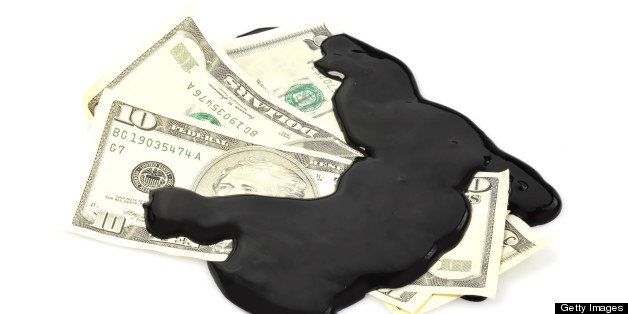
An independent study co-published by the Faulkner County Citizens Advisory Group and Global Community Monitor reveals that, in the aftermath of ExxonMobil's Pegasus tar sands pipeline spill of over 500,000 gallons of diluted bitumen (dilbit) into Mayflower, Ark., air quality in the area surrounding the spill has been affected by high levels of cancer-causing chemicals.
Roughly four weeks after the spill took place, many basic details are still unknown to the public, according to recent reporting by InsideClimate News. Questions include what exactly caused the spill, how big was the spill exactly, and how long did it take for emergency responders to react to the spill, to name a few.
But one thing is certain according to the new study: For the residents of Mayflower, quality of life has been changed forever.
The chemicals found in the samples include benzene, toluene, ethylbenzene, n-hexane, and xylenes. Breathing in both ethylbenzene and benzene can cause cancer and reproductive effects, while breathing in n-hexane can damage the nervous system and usher in numbness in the extremities, muscular weakness, blurred vision, headaches, and fatigue.
All of these chemicals are hazardous air pollutants (HAPs), "regulated under the 1990 Federal Clean Air Act amendments as the most toxic of all known airborne chemicals," as explained in the press release summarizing the study.
As covered on DeSmog, the spill clean-up in Mayflower has more closely resembled PR image clean-up than on-the-ground clean-up, both because of the firm the Arkansas Attorney General has hired to do spill clean-up assessment and because of the ongoing Federal Aviation Administration (FAA) no-fly zone being run on behalf of the FAA by Exxon's "Aviation Adviser," Tom Suhrhoff.
Given the revelations in this latest study, Exxon has proven it has much to cover up, with this study only scratching the surface of the ecological harms of the pipeline spill.
"The spill and response has been a disservice to the community," said Global Community Monitor's Ruth Breech. "People are obviously suffering and experiencing health symptoms from chemical exposure related to the oil spill. State and Federal need to step up immediately to document and prevent any further health issues associated with the Exxon oil spill. Agencies need to share information in a manner to ensure informed decision making and enable access to necessary resources such as medical treatment for chemical exposure."
With a decision looming on the future of the prospective TransCanada Keystone XL tar sands pipeline by the Obama Administration, Mayflower is yet another sordid case study of the hazards that accompany tar sands pipelines wherever they meander.
Cross-Posted from DeSmogBlog
